
Robohub.org
What’s new in robotics this week? Amazon’s robot champion
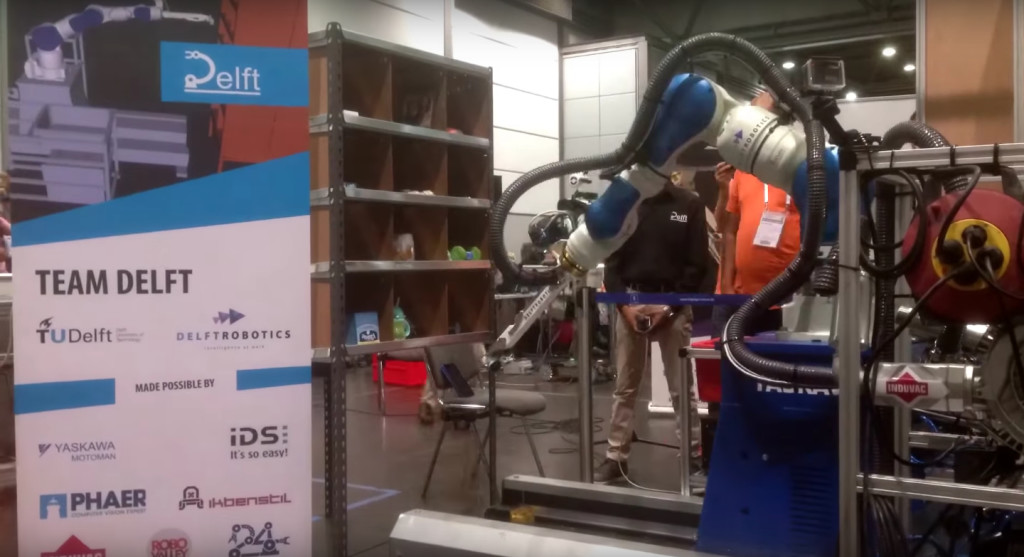
Amazon Picking Challenge 2016 Pick Task Finals – Team Delft. Source: RoboValley/YouTube
Amazon’s robot champion; Bipedal robot’s testing terrain; Robots thinking like predators; Major flaw in Turing Test; Google car is cyclist-aware and more. Find out what’s happening in our robotics universe this week.
Amazon’s latest robot champion uses deep learning to stock shelves
The winners of Amazon’s robot picking challenge –a joint team from the TU Delft Robotics Institute in the Netherlands and the company Delft Robotics– managed to pick items from a mock Amazon warehouse shelf at a speed of around 100 an hour with a failure rate of 16.7 percent. (Humans can pick at a rate of around 400 per hour in a similar set-up.)
Although the picking challenge is essentially a try-out for Amazon’s own warehouses, the company insists that its intention is not to make its human workers obsolete. “Robotics enhance the job for employees but [do] not replace them,” a spokesperson for the company told TechRepublic. “In fact, we continue to hire. Many of those roles are being created in buildings where employees are working alongside Amazon robotic drive units.” The spokesperson added that in the company’s robot-filled warehouses the end result was “a symphony of humans and technology.”
The Delft teams used deep learning to achieve their winning performance:
“The answer was artificial intelligence. The researchers used deep learning techniques — which can churn through vast amounts of data to look for recurring patterns — to analyze 3D scans of the objects their robot had to pick and replace. A custom gripper-suction arm attached to an off-the-shelf Yaskawa robotic arm was used to do the actual mechanical work, while the AI-powered software gave the robot an edge over the competition.”
Marlo takes a stroll across the wave field for the first time
MARLO, a bipedal robot developed by researchers at the University of Michigan, is being tested with some success on the university’s “Wave Field” an art installation that has become a robot testing due to its challenging, uneven terrain.
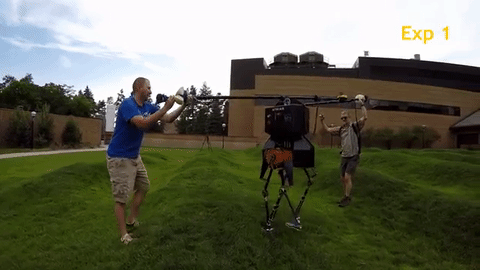
“The robot has no feeling in her tiny feet, but she senses the angles of her joints — for instance, her knee angles, hip angles and the rotation angle of her torso,” said project lead and University of Michigan professor Jessy Grizzle. “It’s like walking blindfolded and on stilts.”
An adapted version of the algorithms MARLO uses have already been successfully deployed in a prosthetic leg, by Robert Gregg, an assistant professor of mechanical engineering and bioengineering at the University of Texas-Dallas.
Scientists taught a robot to hunt prey
Allowing robots to act like predators could lead to more capable robots, according to a team of scientists at the Institute of Neuroinformatics at the University of Zurich in Switzerland.
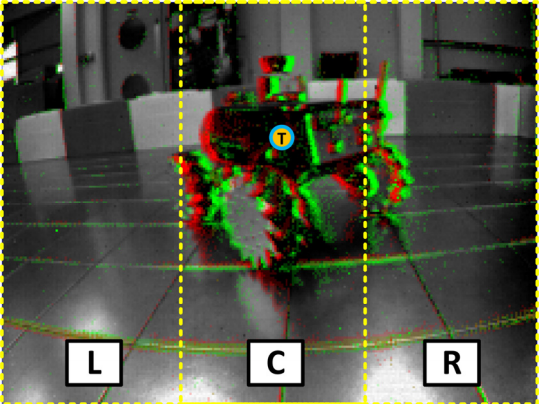
“The researchers aim to design software that would allow a robot to assess its environment and find a target in real time and space. If robots are ever going to make it out of the lab and into our daily lives, this is a skill they’re going to need.
The predator robot’s hardware, like its behaviour, is modeled after animals. The key to its success as a hunter is a “silicon retina”—co-invented by Delbruck as part of the European Union-funded VISUALISE project—that mimics the human eye to speedily process visual data.”
The researcher’s aim is not to create a breed of killer robot designed to take over the world, however. Robots with the ability to teach themselves how to follow a target effectively will make for excellent automated shopping carts and luggage bots, could improve companion robot effectiveness, and could our ability to create safe, autonomous robot swarms.
Google’s robot cars recognize cyclists’ hand signals — better than most cyclists (recode)
Good news for cyclists this week: Google’s robot cars are proving quite adept at recognizing various types of cyclist hand signals.
“Cyclists often make hand signals far in advance of a turn, and our software is designed to remember previous signals from a rider so it can better anticipate a rider’s turn down the road,” said Google.
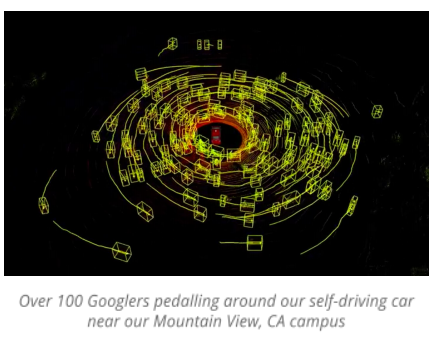
“Google’s robot car will even surrender the entire lane to the cyclist if they’re showing signs of moving closer. It might strike some drivers as overly polite, but for a robot-driven car, erring on the cautious side while navigating around humans is probably the best bet.”
Study exposes major flaw in classic artificial intelligence test
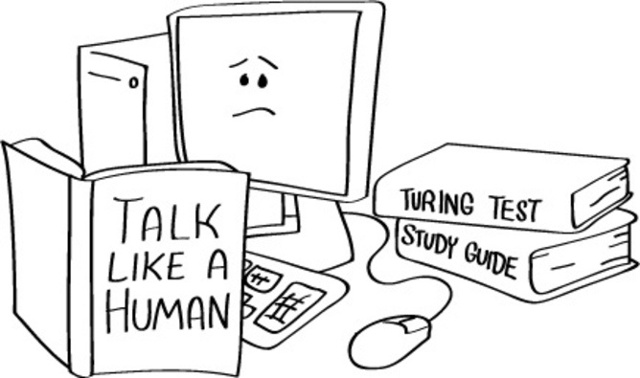
There is a serious flaw in the Turing Test, according to a study published in the Journal of Experimental and Theoretical Artificial Intelligence this week:
“If a machine were to ‘take the Fifth Amendment’ – that is, exercise the right to remain silent throughout the test – it could, potentially, pass the test and thus be regarded as a thinking entity, authors Kevin Warwick and Huma Shah of Coventry University argue. However, if this is the case, any silent entity could pass the test, even if it were clearly incapable of thought.”
This isn’t mere speculation on the authors’ parts. They studied transcripts of a number of conversations from actual Turing tests in which the hidden machine remained silent and found that In each case, the human judge was unable to say for certain whether they were interacting with a person or a machine. All of which means, that a machine could pass the Turing Test by remaining silent.
As the old saying goes: “Better to remain silent and be thought a fool than to speak and to remove all doubt.”
The role of telepresence robotics in workforce inclusion
Amid all the media stories about robots causing widespread unemployment (and worse, up to and including the end of the world!) it was great to read this piece by Peter Hirst, who highlights some of the social and employment benefits that telepresence robots can bring, from improving diversity among executive talent to removing some of the workplace barriers that people with disabilities must face.
“What if people with mobility challenges had easy access to telepresence robots to attend school or go to the office? Why can’t these robots work the same way as bike rentals in many cities around the world where people can check them out by the hour for sightseeing or for commuting? Add a strong citywide wireless network and presto! — a whole new swath of population has access to employment, education and entertainment.”
And Finally…
Terrorists want to create a Robot Army (Daily Mail)
Do robots dream of electric scene partners? (American Theatre)
Automatica’s exhibitors were trumpeting Industry 4.0. Is this the turning point for robotics? (SPARC)
Toyota robot to be used as standard at next year’s RoboCup (NIKKEI Asian Review)
Delivery robots to replace takeaway drivers in London trial (The Telegraph)
Robot lawyers could make time-consuming, expensive court conflict thing of the past (ABC News)
tags: Google car, Turing Test






